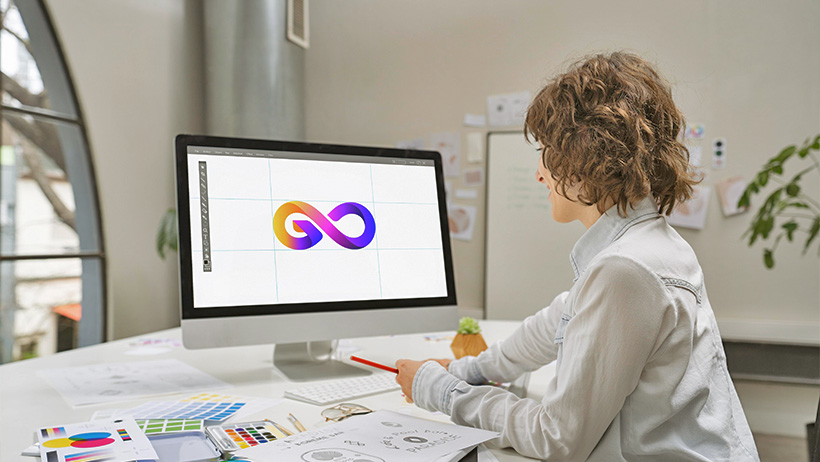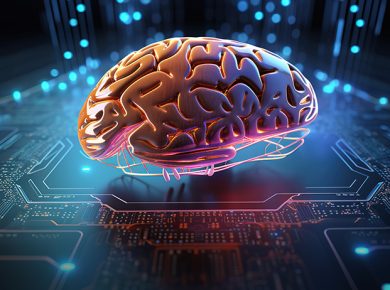Table of Contents
Have you ever thought about the impact of a distinctive logo and its connection to psychology?
There’s definitely a link! A logo isn’t just a pretty picture; it represents a company’s qualities and communicates meaning through design psychology. This makes creating an effective logo quite challenging, as it needs to capture attention and evoke an emotional response, even if viewers aren’t consciously searching for meaning.

Logo designers don’t need to be experts in behavioral science, but understanding basic psychological principles can be extremely helpful. Here are some key concepts:
Creating a logo involves a combination of psychological factors, strategic planning, artistic skill, and aesthetic taste.
The Message Behind the Logo
A logo should convey a brand’s personality, credibility, and market value, derived from the brand’s mission statement, core values, and target market. This information must be communicated through visual elements like colors, fonts, shapes, and symbols, each with its own psychological associations.
Pattern Recognition
The human mind is designed to notice and remember patterns. Consistency in brand touchpoints, including logos, reinforces the brand’s identity and makes it more memorable.
Design Elements
- Symbols: These are cultural references that add meaning. For instance, the olive branch represents peace due to its ancient Greek origins.
- Shapes: The overall feel of a logo, whether energetic, stable, or mechanical, is influenced by its shapes.
- Colors: Colors evoke emotional responses and can change perceptions quickly. For instance, certain hues can make food look appealing or unappetizing.
- Fonts: Different font styles convey various messages, from modernity to elegance.
Gestalt Principles in Logo Design
- Simplicity: The simplest version of a shape is often what we perceive first.
- Proximity: Elements close to each other are seen as related.
- Similarity: Similar objects are naturally grouped together.
- Common Fate: Elements moving in the same direction are perceived as related.
- Continuity: The eye follows the smoothest path.
- Closure: The brain fills in missing parts to create a complete image.
The Von Restorff Effect
People are more likely to remember the unique item in a group. In logo design, this means that standing out from industry trends can make your logo more memorable. The logo should create an emotional connection with the customer. This connection helps customers to remember the brand and to recognize it when they come across it in the future.
Key Principles for Effective Logo Design
- Simplicity: A simple logo is easier to remember and reproduce.
- Originality: A unique logo grabs attention and is memorable.
- Versatility: Your logo should look good in various sizes and formats.
- Scalability: It should be effective both in large-scale and small-scale applications.
- Balance & Proportion: A well-balanced logo is visually appealing.
- Timelessness: Avoid trendy elements that might quickly become outdated.
Creating a logo involves a combination of psychological factors, strategic planning, artistic skill, and aesthetic taste. Despite its complexity, understanding design psychology can guide the process and lead to a successful logo that effectively represents your brand.
Conclusion
- A distinctive logo is essential for representing a company’s qualities and capturing attention.
- Design psychology plays a significant role in a logo’s success.
- Logo designers can benefit from understanding basic psychological principles.
- A logo should convey a brand’s personality, credibility, and market value through visual elements.
- Applying principles from Gestalt theory and the Von Restorff effect can enhance logo design.
- Key design principles like simplicity, originality, and versatility ensure a logo’s effectiveness and longevity.
By considering these psychological principles, you can create a powerful and effective logo that truly represents your brand.










